Friday Apr 11, 2025
Friday Apr 11, 2025
Saturday, 27 August 2016 00:09 - - {{hitsCtrl.values.hits}}
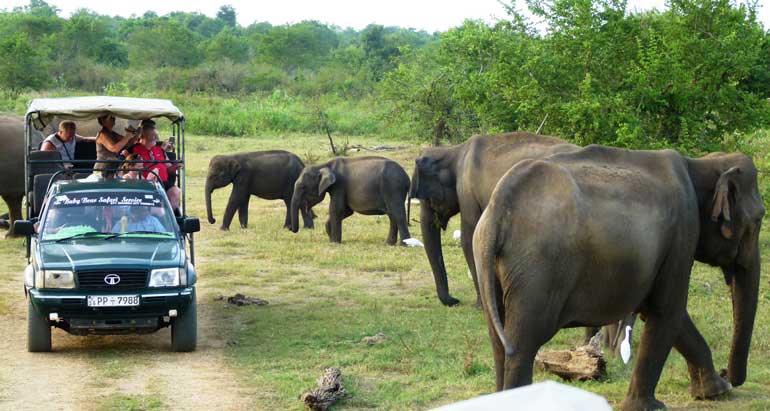
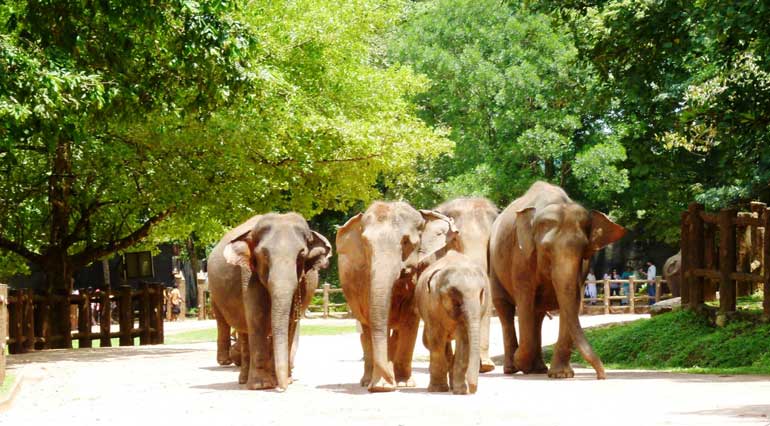
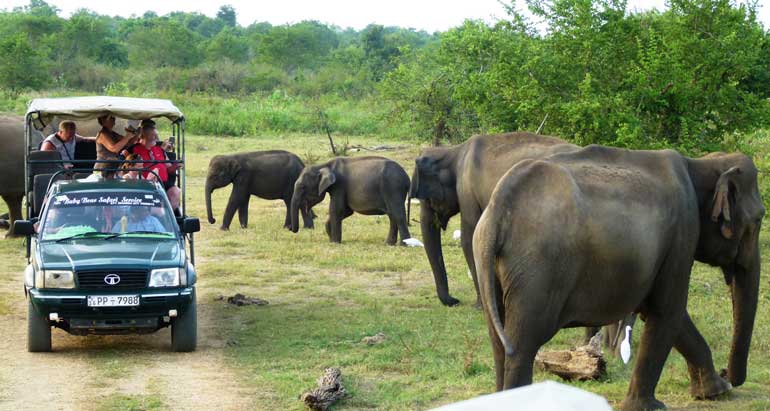 Mitigating the Human-Elephant Conflict and reducing the alarming rate at which elephants are currently being killed (about
Mitigating the Human-Elephant Conflict and reducing the alarming rate at which elephants are currently being killed (about 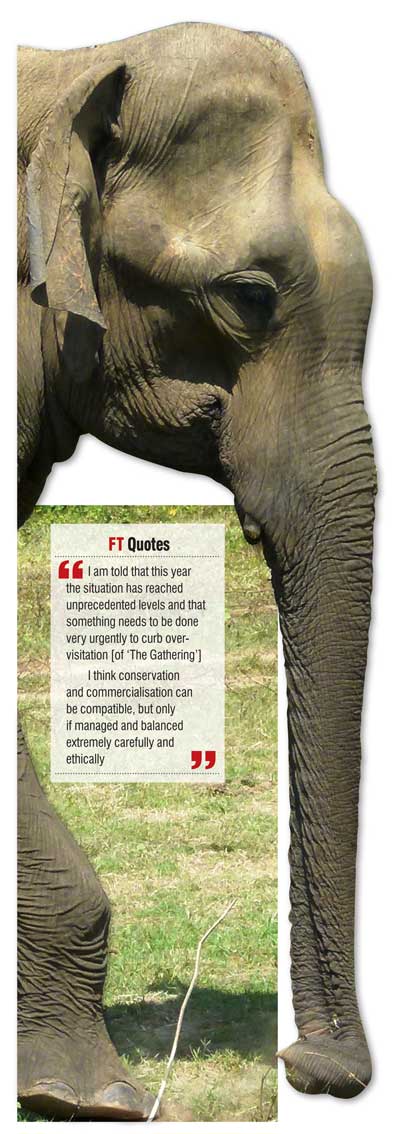 four per week) requires addressing various aspects of the problem simultaneously without resorting to stop gap, piece-meal solutions, asserts Srilal Miththapala.
four per week) requires addressing various aspects of the problem simultaneously without resorting to stop gap, piece-meal solutions, asserts Srilal Miththapala.
In an interview with Daily FT, the passionate wildlife enthusiast, untiring advocate of conservation of wild elephants and experienced tourism professional points out that such a major multi-faceted campaign to address the HEC will need State patronage and leadership, together with a strong private sector partnership.
“Until there is a will from the Government to handle the HEC as a top priority in a holistic manner, I am afraid nothing much will happen, and we are doomed to see our wild elephant population eventually dying off,” he warns.
Following are excerpts:
By Shiran Illanperuma
Q: Elephants gather in Minneriya during the dry season due to the relative availability of water in the area. Are there signs that this pattern is being (or will be) disrupted due to climate change and more intense bouts of drought? If so what effect will this have on the park and on the elephants?
A: So far there has been no appreciable change to be noticed, even though there have been some changes in the weather patterns. The most critical element in this annual phenomena is the natural ebb and flow of the reservoir annually. Just as much as the reservoir getting filled during the rainy season is important, the gradually drying up of the reservoir during the draught is also important.
When the water recedes it leaves behind fertile, moist soil where lush grass quickly sprouts, which is good nutritious food for the wild elephants. So apart from changing weather patterns and other natural causes, if the reservoir is in any way artificially filled by channelling water from other sources for additional storage for irrigation purposes, it will affect this natural annual ‘ebb and flow’, resulting in disastrous consequences for ‘The Gathering’.
Q: You’ve written about the revenue making potential of ‘The Gathering’ but can Minneriya National Park handle an influx of tourists without deteriorating conditions for wildlife?
A: Yes I did estimate that ‘The Gathering’ is now worth about more than Rs. 1 billion annually. But I never did imply that it can go on increasing forever. There is a limit to the growth, and visitor influx has to be curtailed once there are signs of over-visitation and disruptions to the elephants’ feeding behaviour. I am told that this year the situation has reached unprecedented levels and that something needs to be done very urgently to curb over-visitation.
Q: Some environmentalists would argue that commercialisation of wildlife is categorically wrong and leads to abuse, as seen in Dehiwala Zoo or Yala. In your opinion, are profit and conservation compatible? What steps can we take to maintain a balance?
A: I think conservation and commercialisation can be compatible, but only if managed and balanced extremely carefully and ethically. The problem arises in maintaining this delicate balance. There must be no exploitation, no unethical use of captive animals, and above all they have to be well cared for and used for educational, and conservational purposes only.
Q: The Government has recently approved keeping a pool of around 35 elephants for peraheras – a solution that you have vocally supported in the past. Do you see this as a permanent solution or one step in phasing out elephants in religious and cultural activities?
 A: Yes, I have supported this, and it has turned into a controversial issue now! So let me explain. Peraheras and elephants are a rich cultural and religious tradition in Sri Lanka, coming down from historical times. Having said that, traditions also need to change gradually overtime, as perceptions and the social environment changes… but not overnight. So I believe over a period of time, the custom of using tame elephants in pageants will, and should stop. Until then we need an interim solution.
A: Yes, I have supported this, and it has turned into a controversial issue now! So let me explain. Peraheras and elephants are a rich cultural and religious tradition in Sri Lanka, coming down from historical times. Having said that, traditions also need to change gradually overtime, as perceptions and the social environment changes… but not overnight. So I believe over a period of time, the custom of using tame elephants in pageants will, and should stop. Until then we need an interim solution.
We have a captive herd of some 80 odd elephants at the Pinnawela Elephant Orphanage or PEO as it is known, most of whom have lived all their life in captivity. There is no way these animals could be rehabilitated and released into the wild, because they will just not know how to fend for themselves. So what some of us have suggested is to handpick a group of suitable elephants, from this source (PEO), with the correct temperament, and physique, to be trained and used in pageants as an interim measure. The orphanage could earn valuable income which can in turn be used for upkeep and improvement of its facilities.
As time goes by, if the human elephant conflict is managed and mitigated well, there will be fewer orphaned elephant calves from the wild, and ‘input’ to the PEO will reduce, and gradually such elephants available for ‘pageant duty’ will also reduce. Hopefully by that time people would have realised that having hundreds of elephants in pageants is not viable option, and we may see peraheras with just a few customary elephants in the procession, together with one with special characteristics to carry the relics.
Q: On what basis do you think these elephants should be selected and how should their numbers be replenished over the years? Furthermore, how do we ensure the physical and mental wellbeing of elephants who will be driven around the country and exposed to loud festivals on a regular basis?
A: As indicated earlier, they should be handpicked to ensure that only good, healthy individuals with the correct docile temperament are chosen. They should each have a dedicated fulltime mahout, who will ensure that the animal is properly transported, looked after and managed during such pageants. Proper transport facilities should be provided as a part of the hiring package offered by the PEO, and at all times the PEO should be able to monitor the elephants. There could be roster in place to ensure that some animals are not overused. Of course all this requires very strict guidelines and monitoring, which in itself is another challenge.
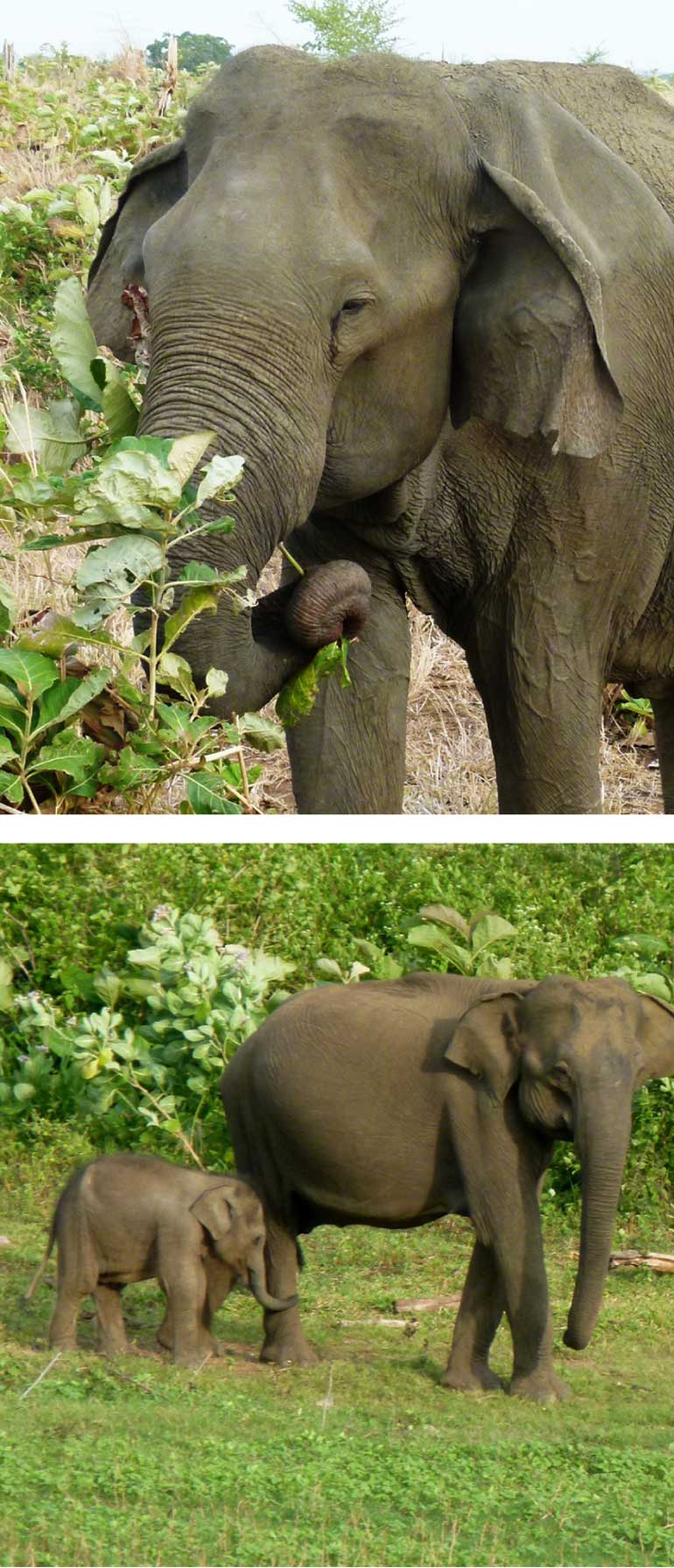
Q: Recently the issue of starving elephants has come up. What are some of the driving factors for this and what can be done in the short and medium term to address this problem?
A: I think you are referring to the issue brought up recently at a talk about elephants in wildlife parks being malnourished. This problem actually stems from the mismanagement of National Parks and alienation of elephants from other forest areas. Contrary to what many people believe, elephants are not particularly fond of heavily forested areas. They prefer scrub grass lands and other secondary vegetation. When they are confined to National Parks, and when translocated elephants from other areas are also introduced or herds driven into the parks, without any consideration of carrying capacity, these food sources dwindle and the elephants slowly start getting malnourished.
Large-scale proper management of the flora of the park has to be carried out in a symmetric manner to help re-generate these food sources that the elephants need. A prime example of this is the Uda Walawe National Park (UWNP), which had one of the best thriving and healthy populations of wild elephants in Sri Lanka. Overcapacity has gradually eroded the environment and food sources in the park, and with no interventions to stimulate re-growth of the eroded grassland, it is now beginning to show, with several emaciated looking individuals being sighted now.
Over 65% of the wild elephant population of the island live outside protected areas, which often have much richer and nutritious food sources. The easiest ‘solution’ to the HEC in the name of conservation is to drive these elephants into the parks, further aggravating the problems within the parks… when actually the need is to manage these animals outside the protected areas itself.
This is a good example to show that the HEC cannot be solved by a few quick-fix solutions. There has to be a management plan for these peripheral areas, many of which do not come under the purview of the Department of Wildlife Conservation, but under the Forest Department, which then opens out complex issues of jurisdiction and responsibility.
Q: Finally, do you feel the tide is turning when it comes to elephant conservation efforts? Is Sri Lanka progressing in terms of preserving if not growing its elephant population? What are some of the policies and factors responsible for this?
A: Unfortunately I do not think the tide is turning at all. There is still no cohesive and holistic approach to tackle the Human Elephant Conflict (HEC), with only typical ‘kneejerk’ responses to problems. Take for example the recent incident where four elephants were knocked down by a train and killed. The immediate solution is fitting infra-red cameras on trains. This problem has been discussed so many times before, analysed and solutions suggested.
There are a whole range of issues which have to be addressed here. The attitude of the engine drivers, the speeds of the trains and stopping distances, visibility around bends and line of sight, etc. I know that Dr. Sumith Pilapitiya travelled on a train several years ago to see for himself the issues and understand the complexities. What a few us concluded was that no ONE solution would work, and that there needed to be a multi-pronged, cohesive solution, addressing both the hard and soft issues.
Similarly mitigating the HEC, and reducing the alarming rate at which elephants are currently being killed (about four per week) requires addressing various aspects of the problem simultaneously, in a cohesive, focused, organised sustained manner, without resorting to stop gap, piece-meal solutions. Such a major multi-faceted campaign to address the HEC will need State patronage and leadership, together with a strong private sector partnership.
So until there is a will from the Government to handle the HEC as a top priority in a holistic manner, I am afraid nothing much will happen, and we are doomed to see our wild elephant population eventually dying off.
Discover Kapruka, the leading online shopping platform in Sri Lanka, where you can conveniently send Gifts and Flowers to your loved ones for any event including Valentine ’s Day. Explore a wide range of popular Shopping Categories on Kapruka, including Toys, Groceries, Electronics, Birthday Cakes, Fruits, Chocolates, Flower Bouquets, Clothing, Watches, Lingerie, Gift Sets and Jewellery. Also if you’re interested in selling with Kapruka, Partner Central by Kapruka is the best solution to start with. Moreover, through Kapruka Global Shop, you can also enjoy the convenience of purchasing products from renowned platforms like Amazon and eBay and have them delivered to Sri Lanka.
Discover Kapruka, the leading online shopping platform in Sri Lanka, where you can conveniently send Gifts and Flowers to your loved ones for any event including Valentine ’s Day. Explore a wide range of popular Shopping Categories on Kapruka, including Toys, Groceries, Electronics, Birthday Cakes, Fruits, Chocolates, Flower Bouquets, Clothing, Watches, Lingerie, Gift Sets and Jewellery. Also if you’re interested in selling with Kapruka, Partner Central by Kapruka is the best solution to start with. Moreover, through Kapruka Global Shop, you can also enjoy the convenience of purchasing products from renowned platforms like Amazon and eBay and have them delivered to Sri Lanka.